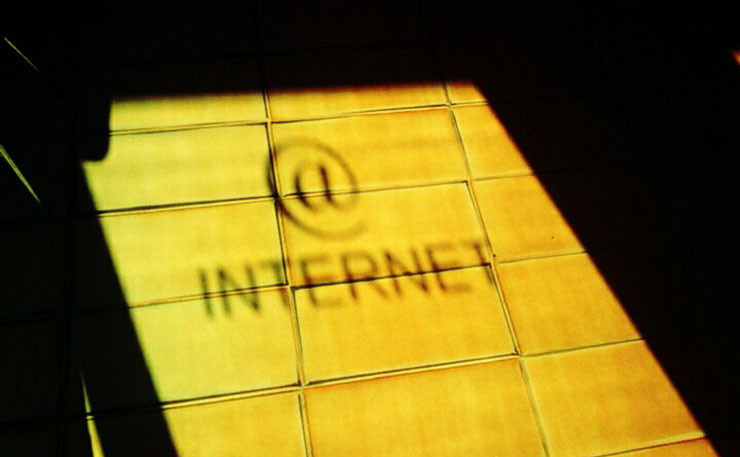This is the second in a series of articles from New Matilda about tech journo Nick Ross and the ABC’s NBN coverage. Read Part One.
In a blog post yesterday, John Menadue, a former Secretary of the Department of Prime Minister and Cabinet (and the original founder of New Matilda more than a decade ago) argued that the ABC’s coverage of the NBN under the Coalition has been below par.
“There is a continuing pattern of failure by the mainstream media to expose the mess that Malcolm Turnbull has left us in the NBN,” Menadue wrote.
First conceived by Labor before the 2007 election, the NBN has been controversial since its inception.
In government, Labor committed to building a fibre optic network all the way to most Australian homes and business. Fibre optic cable would be laid to 93 per cent of Australian premises, at a capital cost that Labor eventually pinned at $37 billion. It became a major plank in Julia Gillard’s 2010 re-election strategy – and a key reason for the decision of independents Rob Oakeshott and Tony Windsor to back Gillard in minority government in August 2010.
On taking office, the Abbott government and its Communications Minister, Malcolm Turnbull, sacked the board of the NBN Company and appointed a new board and CEO.
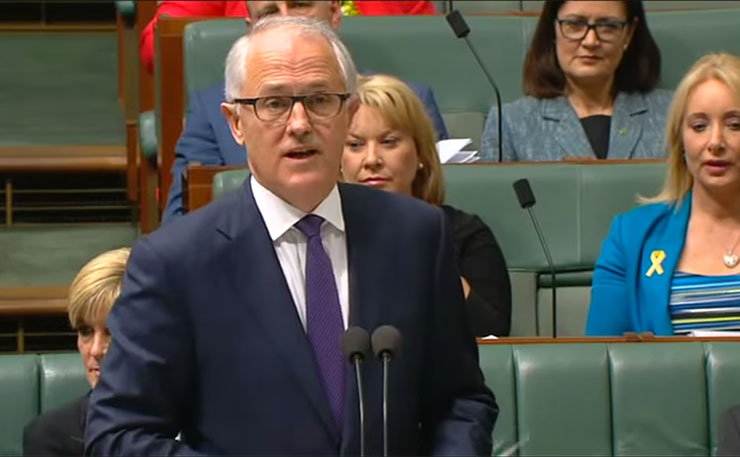
Under the Coalition, the NBN is being built as a so-called “multi-technology mix”, in which broadband will be delivered by a mix of existing copper from fibre-linked street cabinets, existing fibre such as Foxtel and Optus’ HFC cables, and some of Labor’s already-completed fibre-to-the-home.
The NBN is one of the largest infrastructure projects in Australian history. The ABC has a responsibility to cover it accurately and fairly, in line with the broadcaster’s charter.
But, as last night’s explosive revelations in New Matilda revealed, in May 2013, ABC manager Bruce Belsham instructed the ABC’s tech journalist Nick Ross to write anti-Labor articles in order to provide “insurance” against claims of political bias. Ross subsequently left the ABC.
This begs the question: how has the ABC covered the NBN since the election of the Coalition?
New Matilda has analysed ABC coverage of the NBN since September 2013. A total of 1,289 articles with the search term “NBN” listed by the search database Factiva were perused. Articles were read for content and for political skew, both in terms of partisan politics and in regards to the technology controversies that continue to dog the network. Needless to say, this was a qualitative analysis.
No party-political skew is apparent – the ABC can’t be said to be more positive towards the Coalition than to Labor in terms of the aggregates.
But after a close reading of much of the ABC’s coverage, what emerges is a pattern of relatively positive coverage of the Malcolm Turnbull’s policy agenda. In covering the NBN, the ABC has tended to make a relatively critical assessment of the NBN under Labor, and, in contrast, a relatively benign assessment of the progress of the NBN under the Coalition.
For instance, the ABC reported on the Scales Review of NBN policy between 2008 and 2010 under Labor, when that report was published in August 2014.
Reflecting the findings of the review, ABC coverage was scathing.
“The former Labor Government’s National Broadband Network was a public policy disaster, according to a review conducted by former Productivity Commission chairman Bill Scales,” ABC Radio reported on 5 August 2014.
ABC News online published a piece along similar lines, headlined “NBN review finds policy formation was ‘rushed, chaotic and inadequate’.”
This coverage was accurate, in the sense that it faithfully reported the Scales Review’s findings. But what the ABC failed to explore was the detail and methodology of the Scales Review itself. As many critics have since argued, the Scales Review was far from unbiased and impartial. Critically, Scales did not have access to cabinet documents and minutes in which the NBN proposals and policies were worked up.
Many prominent telecommunications analysts and public figures later questioned the findings of the Scales Review. The former boss of the Australian Competition and Consumer Commission, Graeme Samuel, argued subsequently that the Scales Review was “fundamentally flawed in its evidence base.” Melbourne University Professor Rod Tucker, a member of the panel of experts that advised the Rudd government on the NBN, also argued that many of Scales’ assertions were “incorrect”, which “taints the credibility of the audit.”
The ABC did not meaningfully report on these criticisms of the Scales Review.
Another example of ABC coverage is the Vertigan Review – the so-called “cost-benefit analysis” that Malcolm Turnbull made so much of when opposition Communications spokesperson.
When the Vertigan Review was released in late August 2014, the ABC reported it essentially as an endorsement for the government’s preferred multi-technology mix.
“An independent panel commissioned by the Government found the Coalition’s multi-technology plan to roll out high-speed internet had greater net benefits than Labor’s model of fibre to the premises,” the ABC reported on its website.
The article went on to quote Turnbull saying “now the tragedy of course is that this work was not done before Labor embarked on the NBN project back in 2009.”
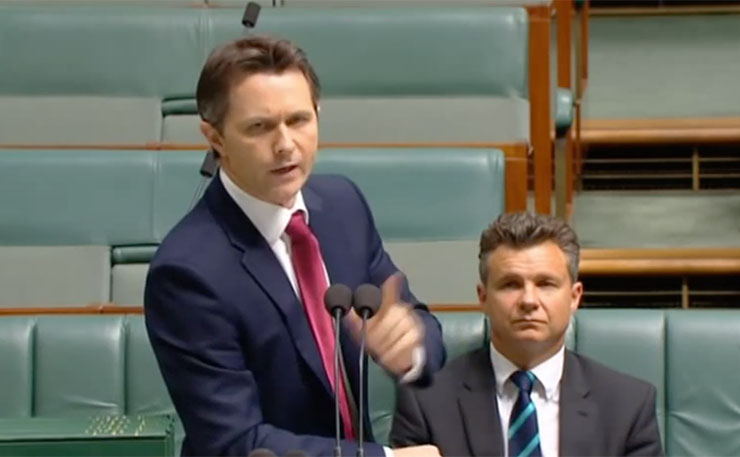
While it carried quotes from Labor’s Jason Clare, these were at the end of the article. Expert analysis was provided by tech journalist Josh Taylor and academic Kai Reimer.
In contrast, the Australian Financial Review was far more critical, leading with an article quoting Jason Clare attacking the make-up of the panel conducting the review. The Fin reported that the hand-picked panel was stacked with Turnbull favourites and Coalition appointees, including conservative economist Henry Ergas and former Coalition staffers Alex Robson and David Kennedy.
Again, many analysts and policy experts have questioned the basis of the Vertigan Review’s findings. In particular, many have questioned whether the multi-technology mix really will meet the future needs of Australian businesses and consumers.
Some of the assumptions of the Vertigan Review appear to be highly questionable, for instance its claim that average households will only need 15Mbs download speeds in 2023.
Given that many ordinary consumers are demanding that kind of speed right now, that assumption seemed brave. Experts like Paul Budde and Rod Tucker were again highly critical.
And then there are the blow-outs. The ABC has also arguably been relatively restrained in its coverage of the billions of dollars of cost blow-outs due to the Coalition’s multi-technology mix.
There’s plenty to cover here. The Coalition’s election promise was for the NBN to cost no more than $29.5 billion. But the Strategic Review quite clearly stated that the new version would cost at least $41 billion. The most recent figure is $56 billion, and counting.
As Menadue pointed out in yesterday’s blog post, this is a far bigger cost blow-out than the “pink batts and school halls” stimulus program scandal of the Rudd-Gillard years.
When the ABC has covered NBN cost blow-outs and time delays, it has tended to lead with quotes from Turnbull and the government, rather than criticisms by the Opposition or by telecommunications analysts. It has also tended to cite the highly contested figures about the cost of Labor’s fibre-to-the-premises network – figures advanced by Turnbull and the government – rather than the actual figures published by the NBN before Labor left office.
For instance, in August 2015, when the Strategic Review was released, the ABC’s Simon Frazer reported that “The Federal Government has confirmed the cost of building the National Broadband Network has blown out again, by up to $15 billion.”
However, Frazer added, the government “insists the project will still be cheaper than Labor’s alternative plan.”
The article quotes Malcolm Turnbull as saying, “This is around $30 billion less than what it would cost to go down the route the Labor Party had set the company on when it was in government.” It also reports that, “Mr Turnbull said the current plan would be completed in 2020, which he said was up to eight years more quickly than Labor’s fibre-only plan.” In addition, it reports NBNCo boss Bill Morrow saying that the blowout wouldn’t end up costing consumers more.
The article does not mention that Labor’s NBN on leaving office was scheduled to be completed by 2021 (not 2028) at a cost of $43 billion. Nor does it mention that the figure of “$30 billion more” is essentially a made-up figure, sourced from calculations made by the NBNCo after Turnbull replaced the company’s board and appointed a new CEO.
However, Labor’s Jason Clare is at least quoted. The article reports Clare saying that “they said they’d be able to build it fast and cheaper…. This is a massive broken promise.”
ABC PM’s Bridget Brennan also reported the blow-out in August last year. Her article was more critical of the multi-technology mix. It leads with the cost blow-out, before quoting Paul Budde as an independent export.
BRIDGET BRENNAN: Another critic of the Government’s mixed technology NBN is Paul Budde, a telecommunications consultant and analyst.
PAUL BUDDE: It’s a sad story that we now get, for an enormous amount of extra cost, still a second-rate broadband network.
BRIDGET BRENNAN: Mr Budde thinks over the long-term, using old technology will be more costly.
PAUL BUDDE: Companies all over the world are rolling out fibre. Now the latest technology in general terms, costs are coming down. And with retrofitting, you know, all technology the costs are always going up.
In patches, ABC coverage of the NBN has been reasonably good. In August last year, Emma Alberici gave Bill Morrow a grilling on Lateline over the Strategic Review’s blowouts. Alberici questioned Morrow closely on the time delays, cost blow-outs and the state of the copper network. It was a tough, fair and well-informed interview.
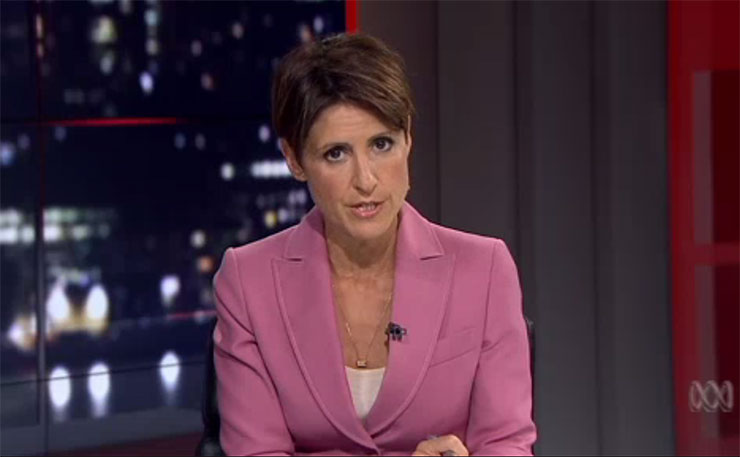
However, Alberici still quoted the government’s figure of $94 billion for the cost of Labor’s fibre roll-out, and she didn’t pull Morrow up when he asserted that the fibre-to-the-premises plan under Labor would have cost “between $20 and $30 billion” more than the current multi-technology roll out.
ABC coverage of broadband in the bush and regional areas has also been worthwhile. A number of recent articles have looked into this critical issue.
In late 2015, business journalist Paddy Manning broadcast an entire episode of Radio National’s Background Briefing program examining the NBN blow-out. Manning’s episode was detailed and well-researched. It included an interview with former and current NBNCo bosses Mike Quigley and Bill Morrow. Manning concluded that the NBN had indeed blown out, and that the multi-technology mix was to blame.
Crucially, Manning establishes the critical point that the Coalition’s cost estimates of Labor’s fibre-to-the-premises network are essentially fictitious. In his interview with Manning, the NBN’s Morrow admits that the NBN never properly analysed what the cost of Labor’s fibre plan would have been.
PADDY MANNING: The truth is, nobody knows what Labor’s NBN would have cost, had it been allowed to continue. Bill Morrow admits all the NBN’s costings of a future fibre-to-the-premise rollout assume that the current mixed-technology rollout was commenced first.
BILL MORROW: We’ve done no analysis to say what if we never stop, what if 2013 election issue had a different result on it to see, therefore, what were the peak funding cost? We’ve not yet analysed that.
PADDY MANNING: We don’t know?
BILL MORROW: No, we don’t know.
Morrow’s admission was significant, because it demolishes the assertion made time and time again by Turnbull and the Coalition: that the Labor roll out would have been tens of billions of dollars more costly than the multi-technology mix. The truth is: the government doesn’t know.
If the ABC had journalists closely covering the NBN, they could well have picked up on the admission and reported it as a significant revelation. That’s exactly what Delimter’s Renai LeMay did in this post, when he wrote that Morrow’s Background Briefing interview “broadly confirmed analysis by his predecessor Mike Quigley” that the NBN’s cost blow-outs were driven by the multi-technology mix.
A Factiva search of ABC articles using the search term “NBN” showed that no other ABC reporter picked up Paddy Manning’s story.
Perhaps the most common sort of ABC coverage of the NBN is what could be called “NBN driven”. That’s the sort of article that quotes from an NBN announcement or publicity event, generally positively, about the on-going construction of the network.
This article from June 2015 is a good example. Entitled “NBN signs contracts with companies to speed up rollout, expects completion by 2020”, the article is a relatively positive and uncritical report of the NBN’s progress.
The article quotes Morrow and claims the NBN is “on track to be completed by 2020.”
“[Morrow] dismissed criticism that project roll-out was too slow,” the article continues.
Little context is offered, and Morrow’s assertions are not critiqued. The reader is not told that the NBN is costing more and running later than its original deadline, and no alternative perspective from analysts or from Labor were offered.
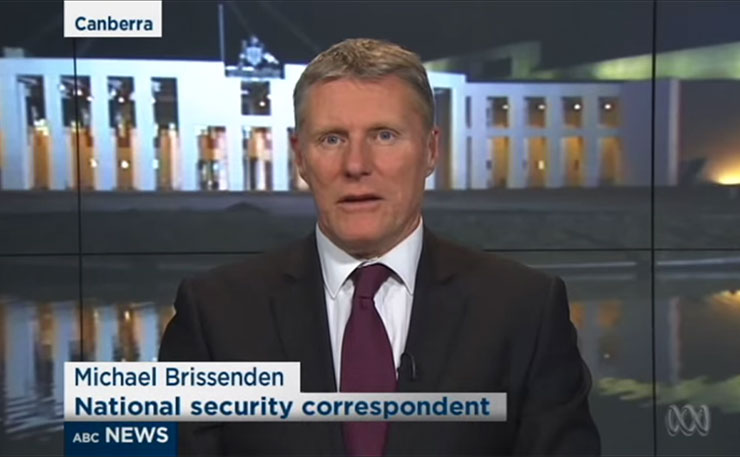
In October, AM’s Michael Brissenden carried a pretty softball interview with current Communications Minister Mitch Fifield, in which Fifield was able to assert that “we’re pursuing what we call a ‘multi-technology mix’ approach which will see us able to roll the NBN out nationwide six to eight years sooner than otherwise would have been the case and at $20 (billion) to $30 billion less cost.”
Brissenden did not follow Fifield up on this assertion, which is clearly at odds with the plans NBNCo had when Labor left office. Nor did he interview Labor’s Jason Clare.
Another example of this sort of coverage is this article in October by Francis Keany. Headlined “NBN roll-out timetable detailing ‘ambitious’ three-year plan released”, it’s pretty much a straight puff-piece extolling the NBN roll-out.
The article portrays the NBN’s plans for roll-out in a positive light, listing as one of its “key points” the line “Government says plan achievable because of multi-technology mix approach.”
The article quotes Mitch Fifield, but not Labor’s spokesperson Jason Clare. “Communications Minister Mitch Fifield said the roll-out would still be faster and cheaper than Labor’s initial proposal,” Keany writes, failing to mention that current plans for the multi-technology mix roll out are slower and more costly than the plans first announced by Malcolm Turnbull in December 2013.
Coverage such as this shows what’s wrong with much of the ABC’s NBN coverage under the Coalition: a lack of context and a poor understanding of the policy particulars.
This is exactly the sort of the coverage that could be manifestly improved by assigning, or at least talking to, a journalist who is a subject-matter expert – such as a dedicated tech reporter who understands the history and detail of the NBN.
Languishing in the seldom-linked-to depths of the ABC website, the ABC’s “Technology and Games” page lives on. There, almost un-noticed, writes David Braue. On hidden-away pages like this, you can find Braue writing sensible, well-researched analysis of the halting progress of the multi-technology mix. Almost no-one in the ABC seems to have noticed.
Donate To New Matilda
New Matilda is a small, independent media outlet. We survive through reader contributions, and never losing a lawsuit. If you got something from this article, giving something back helps us to continue speaking truth to power. Every little bit counts.

